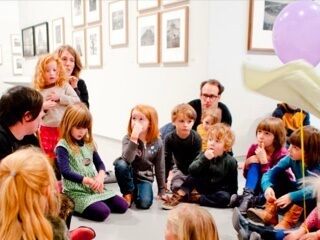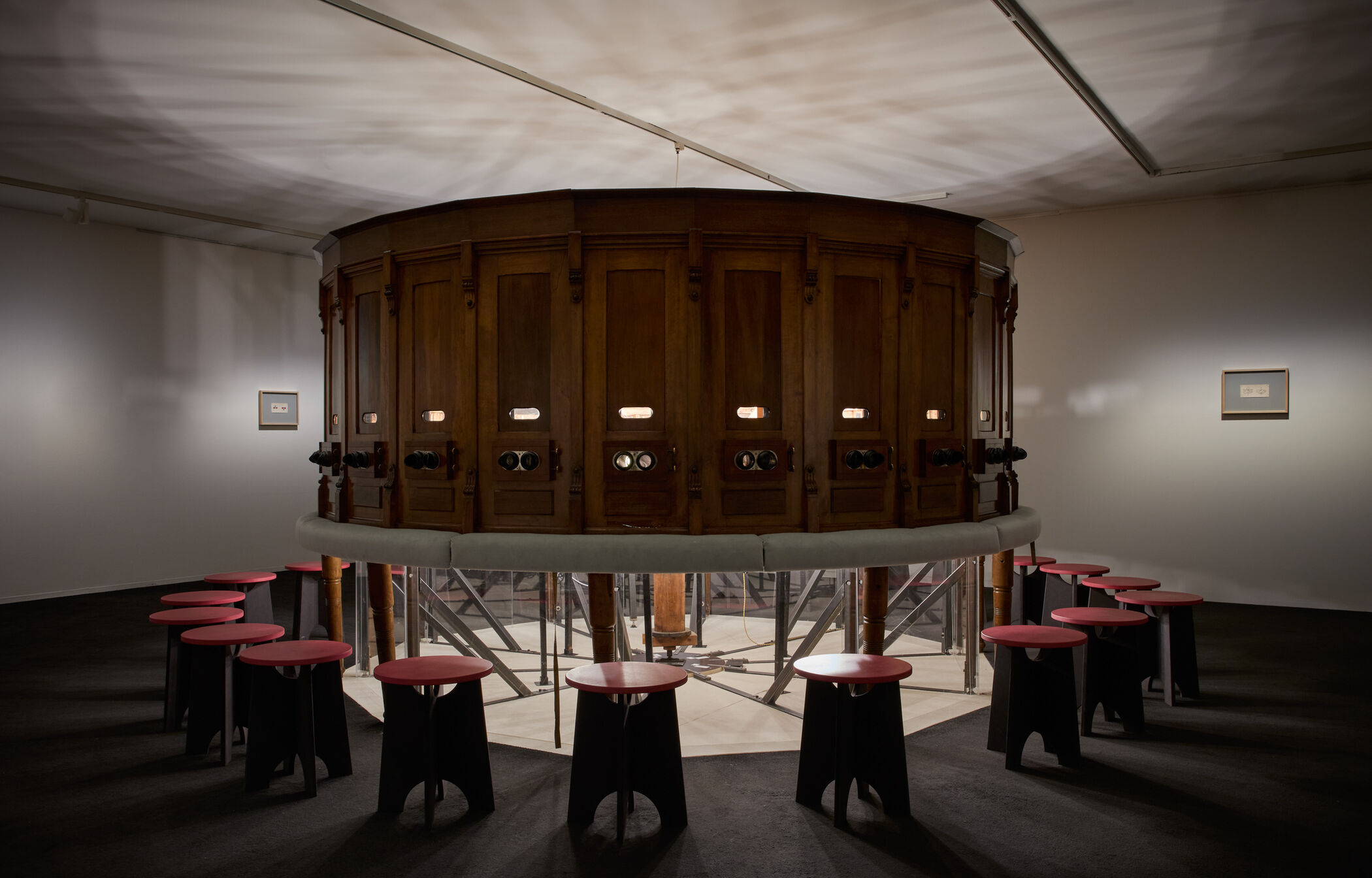ABOUT FOMU
At FOMU we believe there is more to a photograph than meets the eye. Just like magic, it’s not necessarily about what you see, but about what you don’t see. About what is purposely framed, and what is left to the imagination. What is in focus, and what is lost in a blur. About what catches the light, and what fades into obscurity.
Tilting our view and re-aligning our focus challenges us to allow for different perspectives, and to openly seek out our own blind spots. We strive for radical vulnerability, we listen when faced with criticism.
FOMU aims to be a place where people feel welcome to broaden their horizon through photography. A place to slow down, to reflect, to engage and to share different perspectives.
FOMU wants to be a brave space, a curious curator. Looking into the past helps us understand societal changes in the present: today's experiments are tomorrow’s heritage. FOMU offers perspectives on photography, while putting photography in perspective.
MISSION & VISION
FOMU aims to cherish and share the power, vulnerability, and magic of photography.
The photographic image has a unique relationship to reality. In contemporary society, a good understanding of visual imagery is indispensable for understanding the world.
Therefore, FOMU seeks to sharpen image awareness. We achieve this by making photography accessible from a historical perspective and within a current context. Because today's experiments are tomorrow's heritage, we encourage creation, dynamism, and innovation. FOMU is a place where people feel welcome and empowered to broaden their horizons through photography.

Values
FOMU is curious, honest, driven, and intuitive. FOMU is an open and vibrant place for and by people. Inclusivity and diversity are embedded in our DNA. We embody four core values that serve as a compass for connection and collaboration with everyone who interacts with us.
Curious - We actively seek out blind spots, refrain from judgment, and are open to experimentation.
Honest - In our interactions, we are honest and trustworthy and take responsibility.
Driven - Our enthusiasm and ambitions help us create a vibrant meeting place for people and ideas.
Intuitive - We listen to our gut feelings, make room for doubt and vulnerability, and thus create a safe space where there is room to learn and create.
POLICY PLANS
NATIONAL RECOGNITION
FOMU holds the international ICOM standards for the collection, preservation, accessibility, and research of its collections in high regard. The museum gained national recognition in 2009. Since then its capacity was further expanded with the construction of the Lieven Gevaert Tower, the first low-energy depot for photography in Europe. Today, FOMU is a qualitative (inter)national heritage institution that has grown not only in terms of infrastructure, but also in terms of operations and staff.
HISTORY
Karel Sano, department manager at Gevaert Photoproducten N.V., and Piet Baudouin, the then-curator of the Sterckshof Museum, organized the exhibition "125 Years of Photography" in 1965 at the Provincial Museum of Applied Arts Sterckshof in Deurne, with the support of the recently merged Agfa-Gevaert. Following the success of this exhibition, the loans from the Agfa-Gevaert company, along with the archive of its former publication service, were transferred to the province of Antwerp. This collection formed the core for the development of a permanent department within the museum, dedicated to the history of photography. The management of this department was entrusted to the Photo & Film working committee under the leadership of Karel Sano, later succeeded by Dr. Laurent Roosens. From 1973 onwards, the tasks of this working committee were gradually taken over by the scientific staff of the Sterckshof Museum.

Under the leadership of historian Roger Coenen - later to be assisted by art historian Pool Andries - the camera, photography and library collections outgrew the Sterckshof. In late 1980, the department moved to an office building on Karel Oomsstraat in Antwerp, where it was re-named ‘Museum for Photography’. In 1986, the museum and its collections found a permanent home in the renovated warehouse ‘Vlaanderen’ on Waalsekaai.
Architect Georges Baines added a new wing to the warehouse, drastically increasing its capacity. The year 2000 saw the start of another major renovation. After four years, the renovated Fotomuseum opened with 1400 square metres of exhibition space, two cinema theatres, a several additional depots, an enlarged entrance hall and a workshop space.






